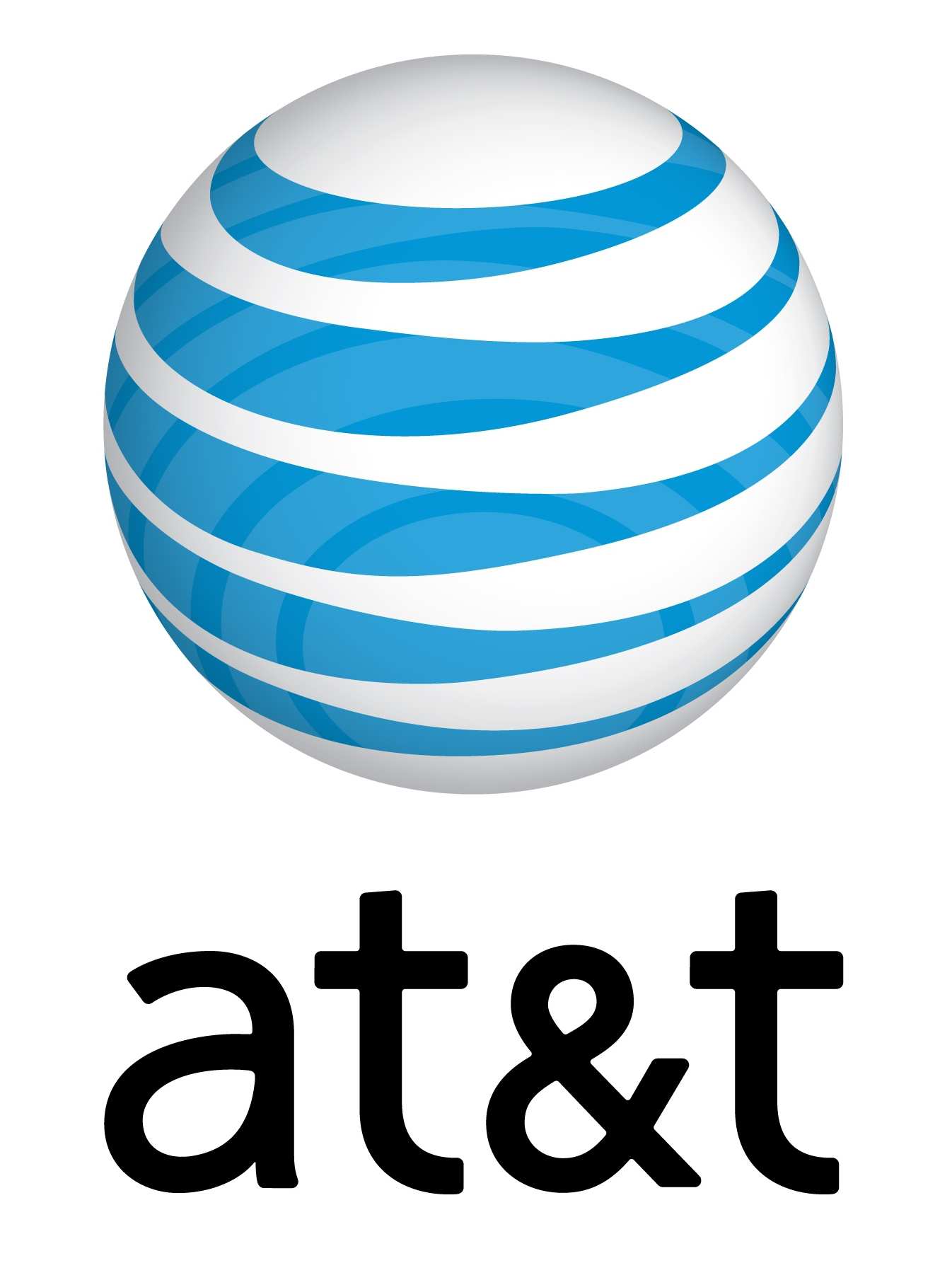Monetize the Mobile Experience

The drive toward going mobile would likely be much more compelling if there were well-defined methods to monetize the mobile experience.
The industry is only nascent, however, and digital media workers and 'Net strategists are still testing ways to drive revenue from the mobile experience. Luckily, there is more than one way to generate a profit from mobile, thanks to the variety of touchpoints smartphones offer. Discover five ways to monetize this evolving channel below:
1. Mobile Commerce
Businesses can't have a true mobile strategy if they don't have a website that is optimized for mobile devices. It is important to keep in mind, however, that a successful mobile commerce website should provide the same features and functionalities of a traditional site, which usually includes the ability to make purchases. Luckily, many popular shopping cart platforms provide merchants with the ability to launch mobile-optimized commerce sites, including Shopify, Bigcommerce and 3dcart, to name a few. And even though conversion rates on smartphones tend to be lower than conversion rates on the traditional Web or tablets, it is still vital for merchants to offer this type of functionality. Plus, merchants can improve conversion rates by making the checkout process simple and secure on the small screen, which can be done by using short forms that only ask for necessary information as well as including trust signs to ensure consumers that their personal information is protected.
2. (Premium) Apps
For consumers, the most engaging part of smartphones is the plethora of apps available for download. Because of this, many brands have launched their own apps - both free and paid (premium) apps. It is important to note, however, that a recent Flurry Analytics study suggests that consumers prefer free apps. And although some consumers will still pay for high-quality apps (at the right price point, of course), brands should take Flurry's insights into consideration before putting all of their eggs into one basket, so to speak, by launching a premium app and hoping to turn a profit. That said, some companies have found success in launching both a free and a premium version of the same app. While the free app can contain ads for monetization purposes (see tip 3 below), the premium app can be kept ad-free - for a price.
3. Ad Publishing
If you decide to keep your apps free, then consider looking into ad publishing opportunities to gain a return on your investment. Platforms like mMedia, for example, enable developers to incorporate ads into their apps. In fact, mMedia supports popular devices like iOS, Android and Windows Phone, as well as offers a variety of advertising formats, including video, rich media and banner ads. mMedia, however, is just one mobile advertising option. There are a variety of other mobile advertising companies developers can leverage to incorporate ads into their apps, including Adfonic, Google's AdMob and Tapjoy.
4. In-App Purchases
Aside from pricing or adding advertisements to mobile apps, brands can profit by incorporating in-app purchases to their applications. This type of functionality is especially popular with gaming apps, like Candy Crush, but can also be found in a variety of other apps. In fact, many apps (including popular notebook app Evernote) use in-app purchases to sell premium apps. In doing this, the app allows users to test out a free version before committing to a paid version that either includes extra features or is ad-free. In fact, in-app purchases may be the best way to monetize apps, as Gartner reveals that this technique will drive 17 percent of app store revenue this year and is forecasted to drive 41 percent of store revenue in 2016.
"App stores should support in-app purchases as soon as possible as this offers a new path of monetization, and helps to attract developers as they attempt to extend an app's momentum by providing easy access to upgraded services and functionality," said Brian Blau, research director at Gartner.
5. Newsstand Subscriptions
With Apple's "Newsstand" offering, brands can monetize from subscriptions by delivering magazine and newspaper content. While brands can choose to make subscriptions free, they can also choose to charge, and can even implement auto-renewable subscriptions. Plus, brands can offer free trials so that consumers can preview content before committing to a subscription. Moreover, App Annie revealed that nearly a year after Apple launched Newsstand, the feature had seen revenue growth of 407 percent, which shows that consumers will pay for content.
Bonus: Amazon's Mobile Associates API
Amazon introduced the Mobile Associates API for Kindle Fire and other Android devices this week, enabling developers to merchandise both physical and digital items from Amazon.com within apps and games. Through the API, developers can earn up to 6 percent on qualifying in-app customer purchases by offering relevant goods from Amazon and its physical fulfillment network.
"Developers now have the ability to create an even deeper connection between their app and the products customers value and purchase through Amazon.com," said Mike George, Vice President of Amazon Appstore, Games and Cloud Drive. "Imagine a developer of a nutrition and fitness app can now offer their customers the ability to purchase vitamins, supplements and fitness gear within the app, directly from Amazon.com. It offers the customer a more relevant experience and provides the developer with a new source of revenue."

Subscribe to Our Newsletter!
Latest in Mobile Marketing










